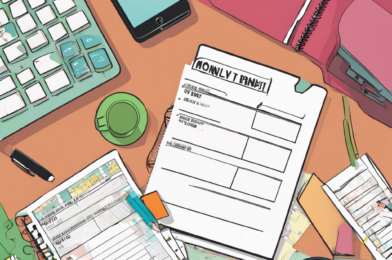Planning a vacation is an exciting endeavor, but it can quickly become financially overwhelming if you don’t budget wisely. Taking a trip doesn’t have to mean breaking the bank. With careful consideration and smart strategies, you can travel to your dream destinations without draining your savings. Here’s a step-by-step guide to help you budget effectively for your next vacation.
Start by setting a realistic budget for your trip. Determine how much you can comfortably spend without sacrificing your everyday needs and financial goals. Consider the type of vacation you want and research the average costs for accommodation, transportation, meals, and activities in your desired location. This initial research will provide a rough estimate to work with. Create a detailed spreadsheet to track your expenses. List all anticipated costs, including flights, accommodation, local transportation, food, entrance fees for attractions, and any potential shopping expenses. Be thorough in your estimation to ensure you don’t overlook any significant expenses.
Now, it’s time to trim the expenses. Look for ways to save on each category. Consider using travel rewards credit cards to earn points for flights and hotels, and take advantage of travel deals and discounts during the off-season. Opt for cheaper accommodation options like Airbnb or hostels instead of luxury hotels. When it comes to meals, explore local markets and street food for affordable and authentic culinary experiences. Avoid eating at touristy restaurants that often charge a premium.
Packing light not only saves you money on potential baggage fees but also encourages you to embrace a minimalistic mindset while traveling. By reducing unnecessary expenses and focusing on the essential aspects of your trip, you’ll have a well-planned vacation without the financial stress.





